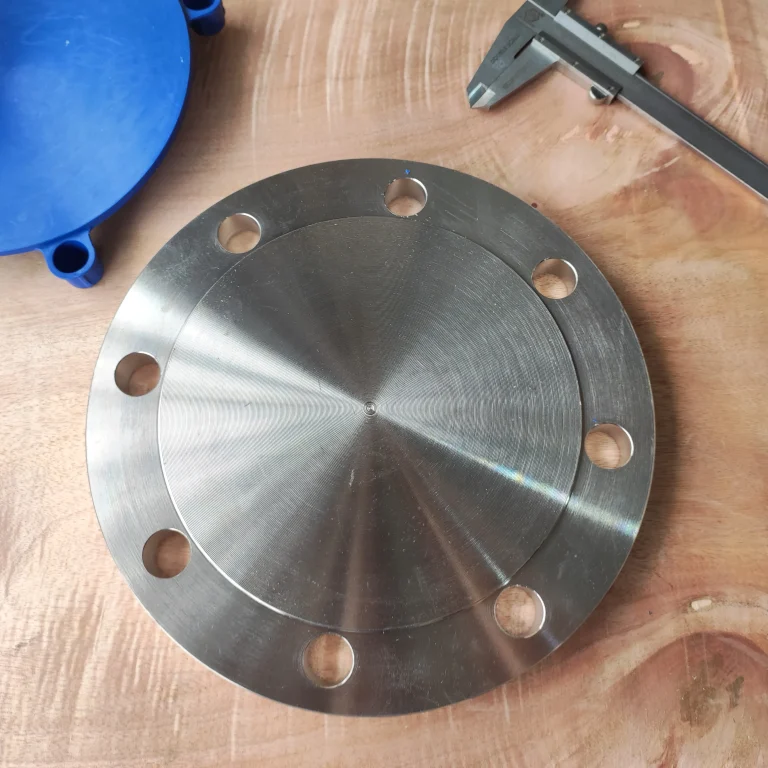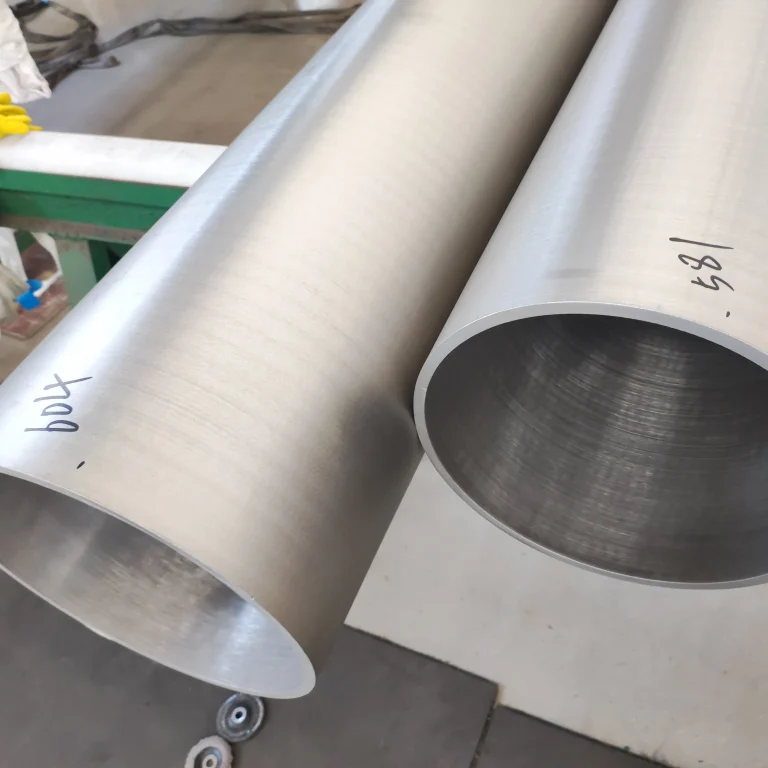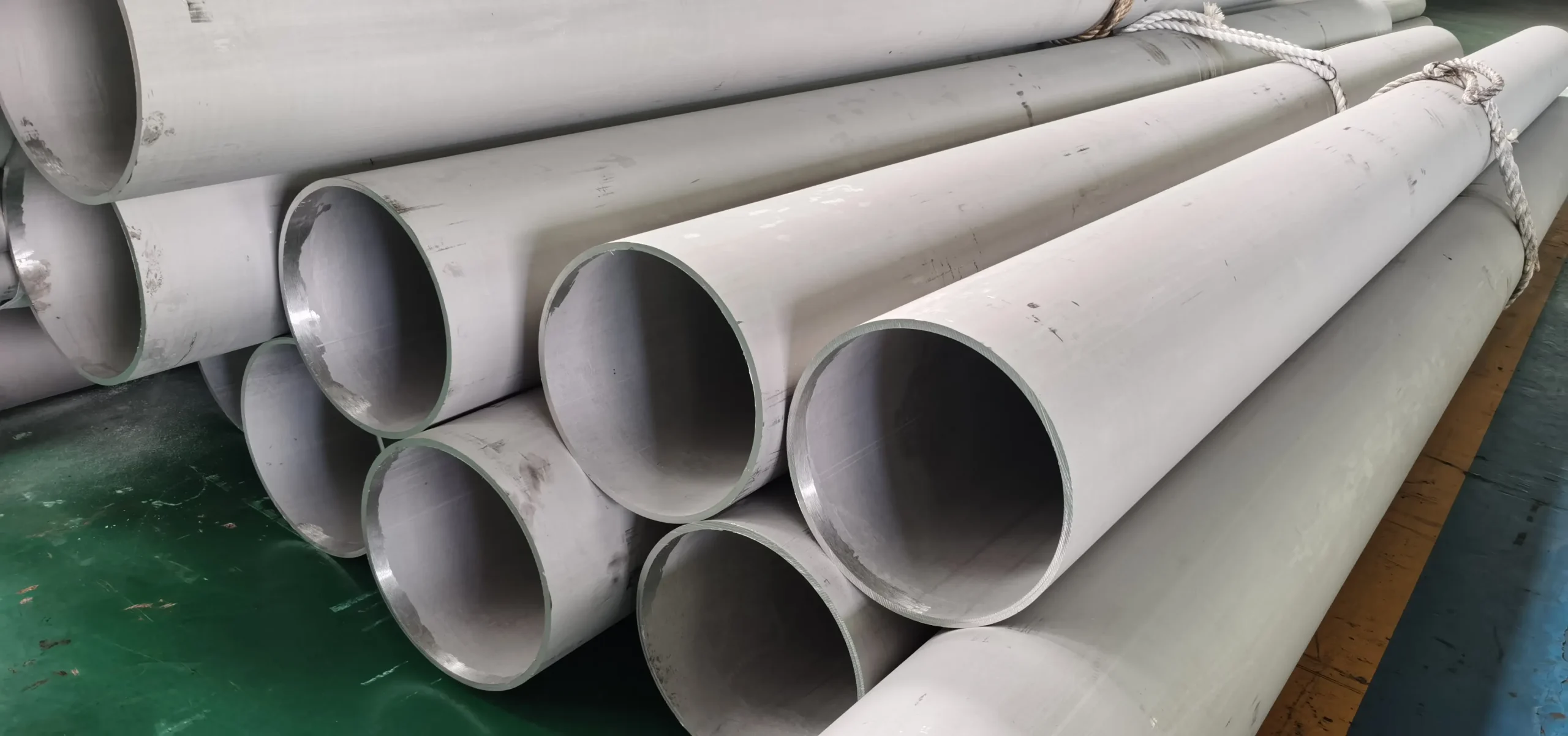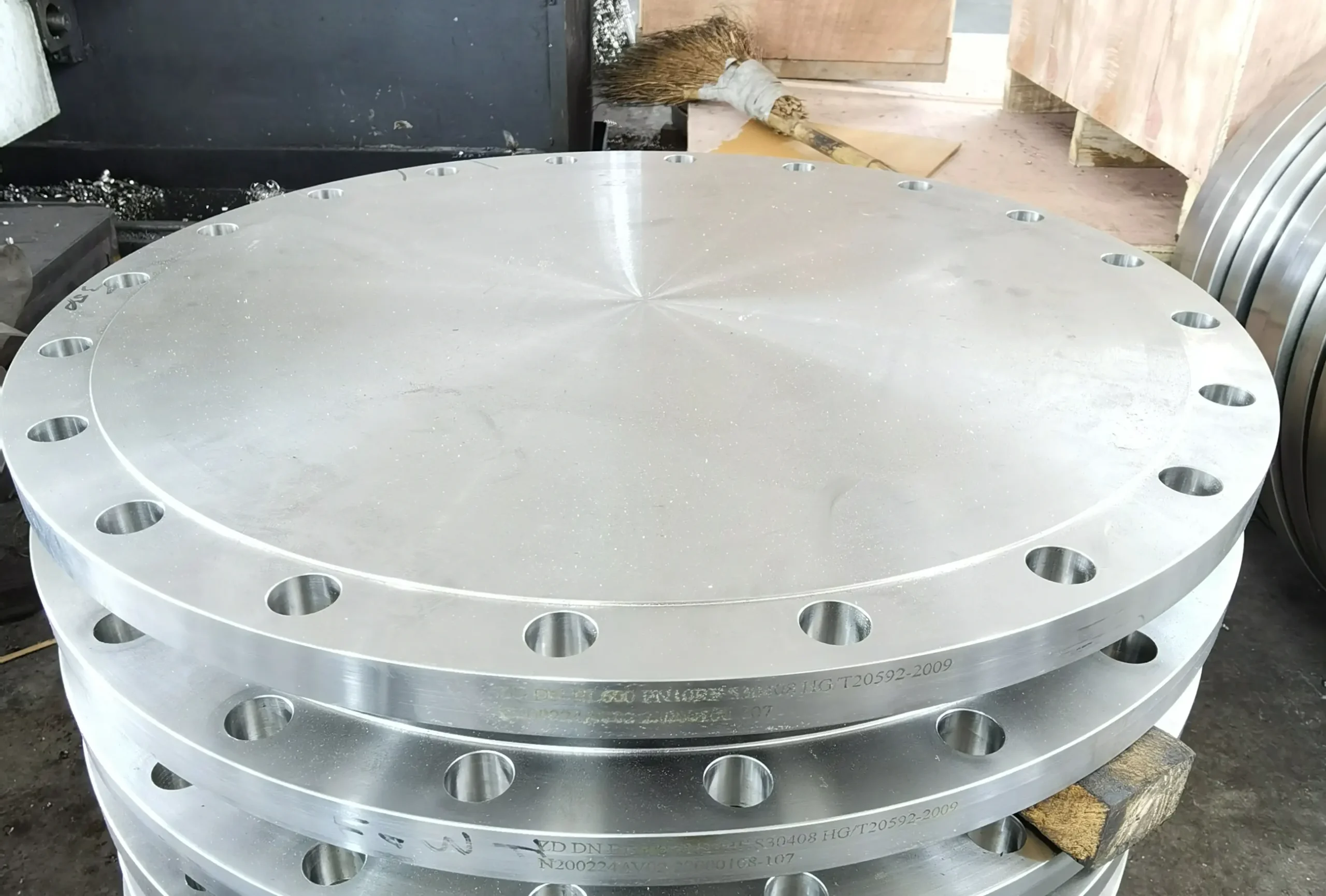Desenho a frio é um processo crítico para metais de alta precisão e desempenha um papel essencial no acabamento tubos de aço inoxidável e conexões para tubos de aço inoxidávelEsse método refina o material originalmente moldado por laminação a quente, criando produtos com qualidade de superfície e precisão dimensional superiores.
O que é trefilação a frio de aço inoxidável?
A trefilação a frio é um processo de metalurgia que ocorre abaixo da temperatura de recristalização do aço. O material é puxado através de uma matriz ou ferramenta redutora. Essa tração deforma permanentemente o metal. O processo reduz significativamente o diâmetro ou a espessura da parede. acabamento da superfície e a estrutura interna.
O que fazemos
- Placa
- Folha
- Forjados
- Barra redonda
- Mesa
- Tubos
- Conexões
- Personalizado
Entre em contato conosco para obter mais informações
Principais vantagens da trefilação a frio
O desenho do metal por meio de uma matriz produz uma superfície lisa, resultando em um acabamento limpo e brilhante.
Os moldes de precisão controlam as dimensões finais do material, e esse processo alcança tolerâncias dimensionais extremamente rígidas.
O processo endurece o metal, o que aumenta a resistência à tração e ao escoamento, melhorando significativamente a resistência do material sem alterar sua química.
Superfícies mais lisas e estruturas uniformes facilitam o processo de usinagem, pois as ferramentas podem cortar o metal de forma mais limpa e previsível, reduzindo assim o tempo e os custos de fabricação.
Principais desvantagens da trefilação a frio
Os processos de trefilação a frio exigem equipamentos especializados e medidas de lubrificação, e os materiais devem passar por um tratamento de recozimento entre cada operação de trefilação, o que aumenta a complexidade e os custos gerais de produção.
Cada passagem permite apenas uma pequena redução no tamanho, pois uma redução excessiva causa a fratura do material, o que significa que muitas passagens são necessárias.
O processo de endurecimento aumenta a resistência, mas reduz a flexibilidade, tornando o material menos dúctil. Isso pode exigir um tratamento final de recozimento.
O material de partida deve estar limpo e sem defeitos. As falhas de superfície no material de entrada podem ser transferidas. Os defeitos se tornam exagerados durante o processo de desenho.
Comparação entre trefilação a frio e laminação a quente
| Processo | Temperatura | Superfície | Tolerância |
|---|---|---|---|
| Desenho a frio | Ambiente | Suave | Apertado |
| Laminação a quente | Alta | Áspero | Ampla |
Classes e produtos comuns de trefilados a frio
| Grau | Principais recursos | Aplicações |
|---|---|---|
| 304/304L | Versátil, comum | Tubos de precisão, eixos |
| 316/316L | Resistência a cloretos | Tubos médicosLinhas hidráulicas |
| 410 | Alta resistência | Fixadores, Hastes de válvula |
| Duplex 2205 | Alta resistência | Tubos de pequeno diâmetro, Acoplamentos |
Equipamento de processo de trefilação a frio
| Equipamento | Finalidade | Uso |
|---|---|---|
| Banco de desenho | Puxa material | Força principal |
| Morrer | Material de formas | Reduz o tamanho |
| Carruagem | Tubo de garras | Ação de puxar |
| Sistema de lubrificação | Reduz o atrito | Evita danos |
Preparação antes da extração a frio
- Primeiro, o material laminado a quente deve ser limpo. As incrustações e as impurezas da superfície são removidas. Essa limpeza geralmente envolve a decapagem em ácido.
- Em seguida, o material é lubrificado. A lubrificação adequada evita o emperramento e os danos por atrito.
- Por fim, uma extremidade do material é apontada. Isso permite que ele passe pela abertura da matriz.
As etapas do desenho a frio
- O processo de desenho real é simples. Uma bancada de desenho segura a matriz.
- A extremidade pontiaguda do material é empurrada através da matriz. Um carro agarra a extremidade pontiaguda. O carro puxa o material através da matriz. A matriz reduz a seção transversal do metal.
- O produto final é um componente preciso e de alta qualidade. Podem ser necessárias várias passagens para obter a dimensão final.
Produtos de aço inoxidável estirados a frio
A trefilação a frio é a etapa de acabamento de muitos produtos. Os tubos de aço inoxidável tornam-se tubulações de alta precisão. Os acessórios para tubos de aço inoxidável, como os acoplamentos hidráulicos, são feitos de barra trefilada a frio.
Garantia da qualidade da trefilação a frio
A manutenção da qualidade exige um controle rigoroso. A lubrificação deve ser constante durante todo o processo. A manutenção da matriz também é crucial. Uma matriz desgastada compromete a dimensão final. O material é frequentemente testado após o desenho.
Processamento adicional
O recozimento elimina as altas tensões internas do material e esse processo aumenta a ductilidade do material. O acabamento da superfície pode ser melhorado ainda mais por meio de polimento eletrolítico ou técnicas de polimento mecânico.
Contate-nos
- RM901 No.22 Tangjiaqiao Road Wenzhou China
- +86 577 8551 1171
- [email protected]
- https://www.kaysuns.com/






